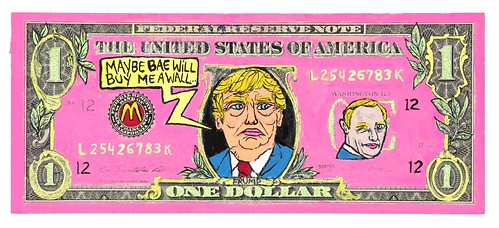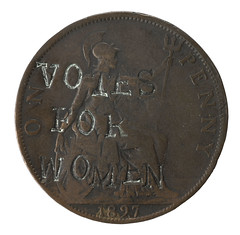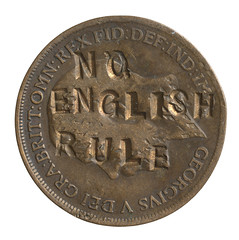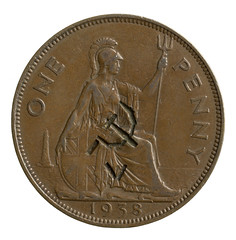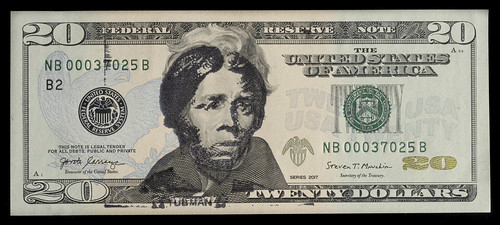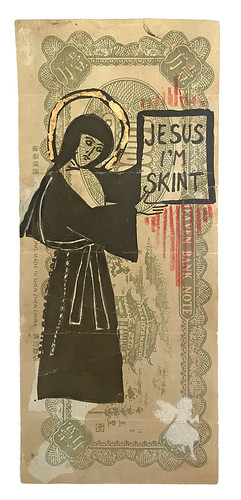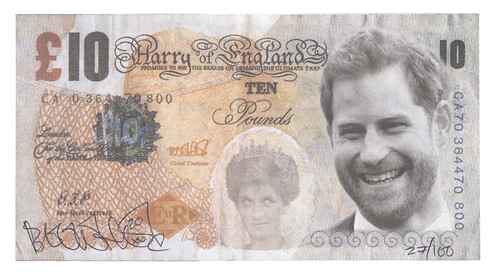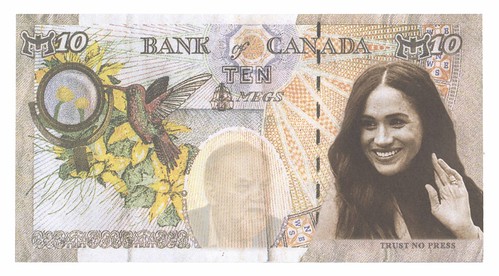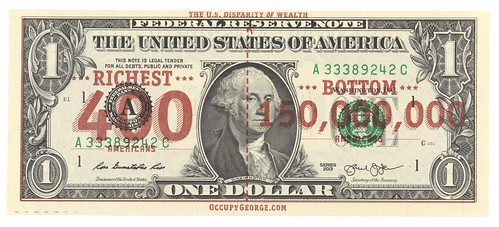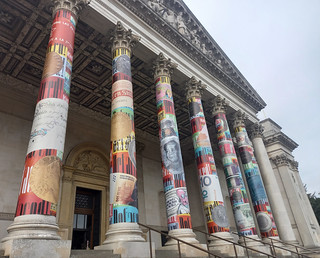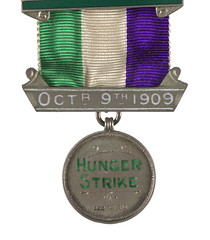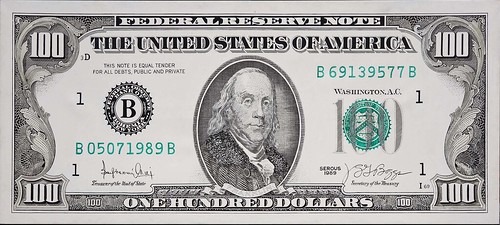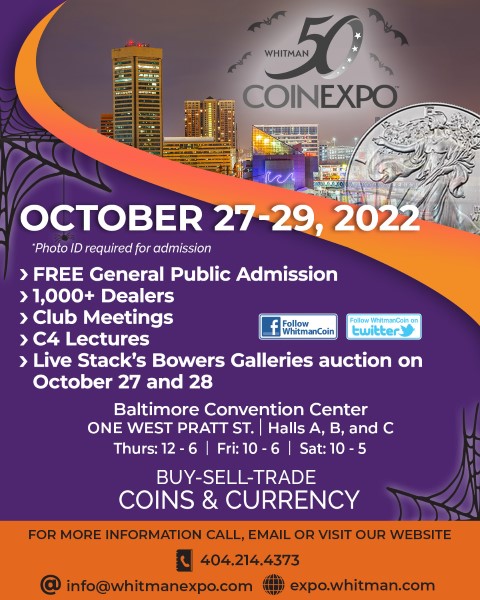
PREV ARTICLE
NEXT ARTICLE
FULL ISSUE
PREV FULL ISSUE
V25 2022 INDEX E-SYLUM ARCHIVE EXHIBIT: DEFACED! MONEY, CONFLICT, PROTESTThe Fitzwilliam Museum in Cambridge is about to open an extensive new exhibit of coins, banknotes and money art of protest. Here's the press release, -Editor
‘If you're fed up and throwing rocks isn't your thing, take it out on money'
Mark Wagner, artist (b. 1976) Defaced! Money, Conflict, Protest (11 October – 8 January 2023) is the first major exhibition to present a world history of protest through currencies that have been mutilated as cries of anger, injustice, or despair from the last 250 years. Defaced! showcases a new collection of defaced coins and banknotes recently acquired for the Fitzwilliam by its curator Dr Richard Kelleher, complemented by important loans from private collections and museums. Punched, scratched, over-printed or digitally manipulated, there are many reasons people have decided to ‘take it out on money'. With their idealised portraits of leaders, emblems of national identity, and heavily policed production, currencies represent state authority in hand-held form. For artists and the individual alike, money's iconic imagery makes it a potent readily available medium to address issues of social, political, and racial justice. The acts of defacement on show reveal the hidden struggles behind some of the major events of the past 250 years, as disparate as the French and American Revolutions, the suffragette movement, the Siege of Mafeking, the Spanish Civil War, the Nazi concentration camp system and occupation, the deadly sectarian Troubles in Northern Ireland, and the Black Lives Matter protests. In 1819, George Cruikshank made the Bank Restriction Note as a challenge to the draconian punishments meted out on those caught using, or even possessing, forged banknotes. Cruikshank altered the traditional iconography of the note, converting it into the images of state violence - skulls, a hangman's noose, ships for transportation – penalties that were dealt to those who dared counterfeit paper money and disturb the fragile social promise upon which it was based.
From Thomas Spence's call for the abolition of landlords, to the
pennies laboriously defaced by the Suffragettes in the early 20th
century, which saw the cry Money is the perfect medium to highlight issues of wealth distribution, including the chasm between those at the top and the bottom, and the effects on those living in poverty. It has been used by artists to draw attention to the links between government policy and the financial and banking systems. A room devoted to the theme of poverty and wealth inequality forms a hinge-point to the exhibition with the spectacular loan of the fragments of an exploded transit van detonated by the HSCB (Hoe Street Central Bank) as part of the Big Bang 2 project which bought up £1.2m of payday loan debt in Walthamstow, London. Ben Oakley's Jesus I'm Skint uses an icon-like religious figure in a pastiche of Roman Catholic kitsch. Currencies invented for use in policed, occupied, or besieged spaces were weapons of propaganda, control and a source of resistance. The Nazi POW and concentration camp systems used camp money as illusory incentives, while the Oranienburg-Sachenhausen concentration camp was notorious for ‘Operation Bernhard', the largest counterfeiting operation of all time intended to undermine the British economy. The fake banknotes, valued somewhere between £100,000,000 and £300,000,000, were produced by inmates, many of whom were highly skilled artists, engravers, and typographers. The stamping and counter-stamping of coins by opposing Fascist and Communist sides in the Spanish Civil War and by Loyalists and Republican Nationalists in Northern Ireland in the 1970s and 1980s, illustrate the ways that messaging on money was used as a form of intimidation, provocation and declaring allegiance. Harry of England/Ten Megs fantasy note, Meghan Markle appears next to her father with the message ‘Trust No Press' © Boo Whorlow. In the 21st century, politicians and other authority figures have remained a popular target for defacement. The satirist known as Wefail applies his famously grotesque caricature style to Tony Blair in ‘It's Complicated' (2019), a specially commissioned physical version of his £10 note print which satirises Blair's explanation for Britain's involvement in the Iraq War. Harry of England/Ten Megs (2019) is a next generation reworking of Banksy's influential Di-Faced tenner in which Prince Harry replaces Queen Elizabeth II and Meghan Markle appears on the reverse with the message ‘Trust No Press'. The controversy around Donald Trump's wall on the US-Mexican border, and his administration's alleged links to Vladimir Putin, are subjects of Sean Kushner's trademark colourful satire on a US dollar. Against the backdrop of our current cost of living crisis, times of inflation, spiralling costs and debt, the exhibition's themes in which currency has been, and continues to be, created and defaced in protest remain urgently relevant. #Defaced! |11 October 2022 - 8 January 2023 | Admission Free An illustrated exhibition catalogue, Defaced! Money, Conflict, Protest, edited by Dr Richard Kelleher, will be published by Paul Holberton Publishing in October 2022. The Fitzwilliam Museum is grateful to the support of the Art Fund for their New Collecting Awards programme, which invests in the development of some of the UK's rising curators. The award enabled Dr Richard Kelleher to acquire a new collection of currencies for the museum which are on show in this exhibition.
The Fitzwilliam Museum Here are some additional images. The last item is a large-scale work by Money Artist J.S.G. Boggs. -Editor
For more information, see:
Wayne Homren, Editor The Numismatic Bibliomania Society is a non-profit organization promoting numismatic literature. See our web site at coinbooks.org. To submit items for publication in The E-Sylum, write to the Editor at this address: whomren@gmail.com To subscribe go to: https://my.binhost.com/lists/listinfo/esylum All Rights Reserved. NBS Home Page Contact the NBS webmaster 
|
